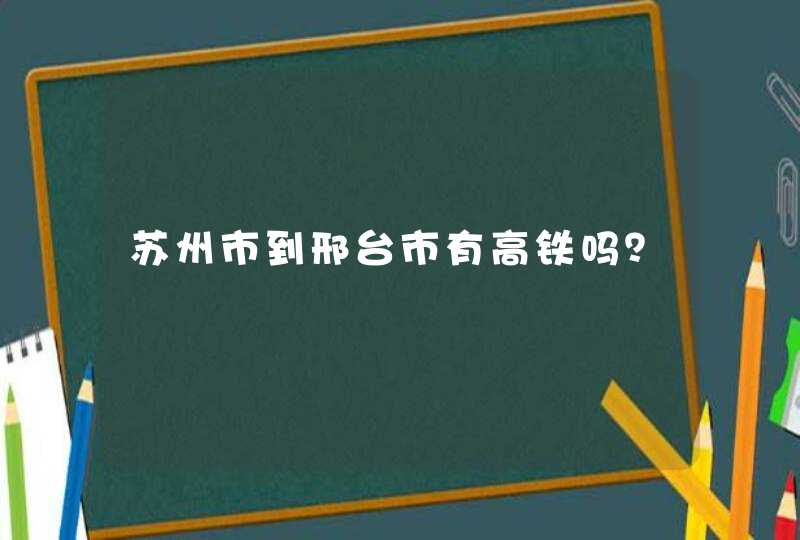采用月+日+年的形式,
比方2003年6月10日,就是June(6月)+ the tenth(10日)+two thousand three(2003年).
值得注意的是,在讲到日期的时候,通常用序数词,如用
first,second,third之类的
至于时间表示的就可分别上午和下午,
1:00a.m.指的是凌晨1点,而1:00p.m.指下午1点,及13:00
差几分到几点的如2点差2分,可表示为two to two,
几点几分的如2:30,可以说thirty past two 或者half past two ,
时间时刻的英语表示法
1. 表示几点钟用基数词加可以省略的o’clock
5:00 读作five o’clock 或five
2. 表示几点过几分,在分钟后加past,再加小时
five past seven 七点过五分
half past six 六点半
a quarter past eight 八点过一刻
seven past eight 八点过七分
3. 表示几点差几分,在分钟后面加to,再加小时
ten to eight 差十分八点(七点五十分)
a quarter to twelve 差一刻十二点(十一点四十五分)
twenty to six 差二十分六点(五点四十分)
在日常生活中,常用下列简单方法表示时间。
以小时、分种为单位分别读出数字。
6:31 读作six thirty-one
10:26读作ten twenty-six
14:03 读作fourteen o three
16:15 读作sixteen fifteen
18:30 读作eighteen thirty
23:55 读作twenty-three fifty-five
注:时刻表上的时间大多采用24小时表示法,这样就不需要用a.m.表示上午,p.m.表示下午了。
下面是一般将来时的用法.请认真阅读.有疑问可以问我或者值班老师.
一般将来时
1)shall用于第一人称,常被will 所代替。
will 在陈述句中用于各人称,在争求意见时常用于第二人称。
Which paragraph shall I read first.
Will you be at home at seven this evening?
2)be going to +不定式,表示将来。
a. 主语的意图,即将做某事。
What are you going to do tomorrow?
b. 计划,安排要发生的事。
The play is going to be produced next month。
c. 有迹象要发生的事
Look at the dark clouds, there is going to be a storm.
3)be +不定式表将来,按计划或正式安排将发生的事。
We are to discuss the report next Saturday.
4)be about to +不定式,意为马上做某事。
He is about to leave for Beijing.
注意:be about to 不能与tomorrow, next week 等表示明确将来时的时间状语连用。
be going to / will
用于条件句时,be going to表将来will表意愿
If you are going to make a journey, you'd better get ready for it as soon as possible.
Now if you will take off your clothes, we will fit the new clothes on you in front of the mirror.
be to和be going to
be to 表示客观安排或受人指示而做某事。
be going to 表示主观的打算或计划。
I am to play football tomorrow afternoon.(客观安排)
I'm going to play football tomorrow afternoon. (主观安排)
一般现在时表将来
1)下列动词:come, go, arrive, leave, start, begin, return的一般现在时表将来。这主要用来表示在时间上已确定或安排好的事情。
The train leaves at six tomorrow morning.
When does the bus star? It stars in ten minutes.
2)倒装句,表示动作正在进行,如:
Here comes the bus. = The bus is coming.
There goes the bell. = The bell is ringing.
3)在时间或条件句中。
When Bill comes (不是will come), ask him to wait for me.
I'll write to you as soon as I arrive there.
4)在动词hope, take care that, make sure that等后。
I hope they have a nice time next week.
Make sure that the windows are closed before you leave the room.
**一般现在时代替将来时
时间状语从句,条件句中,从句用一般现在时代替将来时
When, while, before, after, till, once, as soon as, so long as, by the time, if, in case (that), unless, even if, whether, the moment, the minute, the day, the year, immediately
He is going to visit her aunt the day he arrives in Beijing. 他一到北京,就去看他姨妈。
典型例题
(1)He said he________me a present unless I_______ in doing the experiment.
A. had not givenhad not succeeded
B. would not givesucceed
C. will not givesucceed
D. would not givewill succeed.
答案B. 在时间,条件或让步主语从句中一般不用将来时。本题有He said,故为过去式。主句用将来时,故选B. 此处用一般过去式代替了过去将来时。
(2) 表示现在已安排好的未来事项,行程等活动。
The museum opens at ten tomorrow.博物馆明天10点开门。(实际上每天如此。)
用现在进行时表示将来
意为:"意图"、"打算"、"安排"、常用于人。常用词为come, go, start, arrive, leave, stay等。
I'm leaving tomorrow.
Are you staying here till next week?
Dear,This is the material for you to read, I want you to read it very carefully,later I will send to you some exercises~
现在进行时
一、现在进行时的功用:
1)表示说话时正在发生或者进行的动作
Please don’t make so much noise, I’m studying.
Let’s get out. It isn’t raining any more.
2) 表示在现在相对较长一段时间内正在进行的动作,但是说话一刻不一定在做的动作
这些动作,在说话时并不一定在发生或进行,而是在包括说话的一刹那在内的一段时间内发生、进行的。
¥
5
百度文库VIP限时优惠现在开通,立享6亿+VIP内容
立即获取
英文中时间的表示方法
通常用英文表示年份日期时,
采用月+日+年的形式,
比方2003年6月10日,就是June(6月)+ the tenth(10日)+two thousand three(2003年).
值得注意的是,在讲到日期的时候,通常用序数词,如用
first,second,third之类的
至于时间表示的就可分别上午和下午,
1:00a.m.指的是凌晨1点,而1:00p.m.指下午1点,及13:00
第 1 页
差几分到几点的如2点差2分,可表示为two to two,
几点几分的如2:30,可以说thirty past two 或者half past two ,
时间时刻的英语表示法
1. 表示几点钟用基数词加可以省略的o’clock
5:00 读作five o’clock 或five
2. 表示几点过几分,在分钟后加past,再加小时
five past seven 七点过五分
按照我曾经做的信息收集和分析,总结出这两个学校的区别有以下几点:1、课程设置方面来说:SHMS主要集中以酒店管理的综合性课程为主,课程内容涉及酒店管理、酒店项目、旅游管理等领域。HIM则是侧重酒店管理和工商管理的结合。
2、实务课程来说:SHMS两个的设施环境让你可以有很多的机会进行不同的实操培训,半年在校期间实操花的时间比HIM长一些。HIM在课程上有餐饮实务课但不会提供厨房实操。如果你有兴趣接触一些厨房实操课程就不要在第一年大学课程选择HIM。
3、个人性格来说:外向、活跃的同学一般会更喜欢热闹的大环境如SHMS;但是内心、慢热的同学就更喜欢师生关系紧密,能关注自己多一些的规模比较精致的学校如HIM。
4、学习主动性来说:如果你学习主动性强,擅于自主学习,SHMS和HIM都可以选。但是如果你需要得到老师和家长的帮助和指导来进行学习的同学,精致的HIM就是不错的选择。
点时间一般都是瞬间发生的动作 比如当我看见他:when I saw him 当球击中我:when the ball hit me 这时就不能用while 球不能在一段时间都击中我 所以用when 这个就是点时间段时间就是可以持续进行的动作或事件 比如当我在Jim家的时候:while I was at Jim's 这个时候就不能用when 因为我在某处是一个持续性动作 总不能刚到Jim家就走 在一般陈述句中 这个时间段可以用during来加以说明 比如我在美国的那段时间:during the time while I was in the US
还有就是关于时间的细节上的问题 几点钟之前加at、by之类 比如商店八点开门:the store opens at 8:00. 报告周一之前要完成:the report should be finished by Monday。关于哪一天的句子要用on 比如周日来玩~:come around on Sunday~ 年和月要用in 在08年(在六月):in the year of 2008(in June)
关于时间的用法粗略就这么多 如果还有什么不懂的地方可以补充问题提出来
对了还有几个词可以搭配 比如since 这也是一大考点 since后面接的是点时间 比如我从工作之后开始吸烟:I started to smoke since I went to work。从何时开始的?since when?后面接的都是点时间的短句或短语 还有for for后面接的是段时间 比如 很长时间以来for quite a long time


